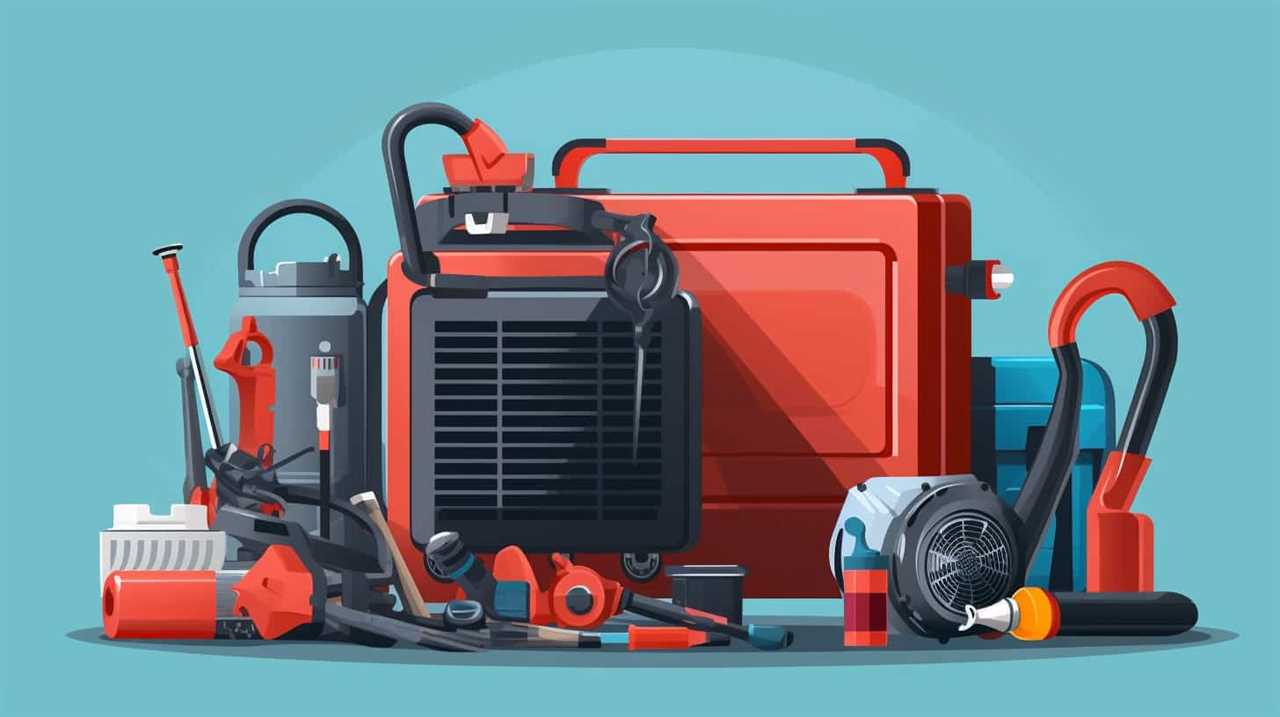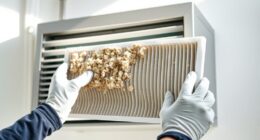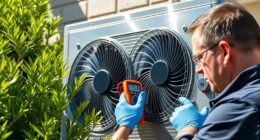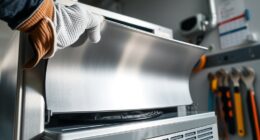We understand you might be thinking that fixing problems with your HVAC heat pump seems like a challenging endeavor. However, worry no more, as we’re here to support you.
In this ultimate guide, we’ll walk you through the common problems you may encounter with your heat pump and provide you with step-by-step solutions.
From understanding the components to fixing issues like not turning on or freezing up, we’ve got all the expert advice you need.
Say goodbye to HVAC headaches – let’s dive in!
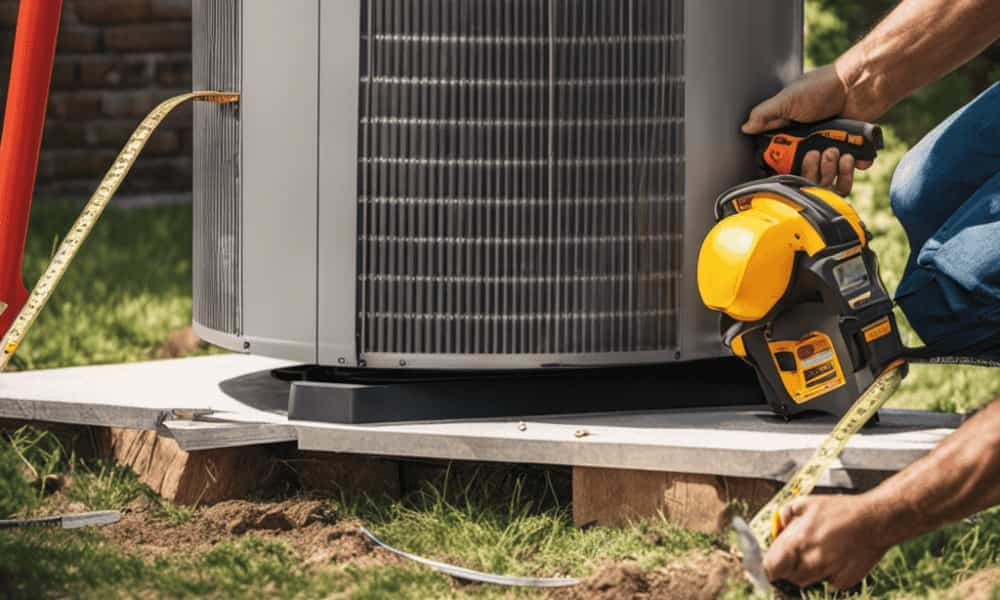
Key Takeaways
- Common heat pump noises include rattling, squealing, and grinding, which can indicate loose components, worn-out belts or bearings, or faulty motor bearings or compressor.
- Troubleshooting a heat pump not turning on involves checking thermostat settings, circuit breaker, electrical connections, capacitor, and motor or fan relay.
- Heat pump not cooling or heating can be caused by insufficient refrigerant levels, faulty thermostat settings, clogged air filters, or leaks in the system.
- Faulty thermostat settings and clogged air filters can lead to inaccurate temperature sensing, reduced heat pump efficiency, and restricted airflow. Regular filter cleaning or replacement is necessary for optimal performance.
Common Heat Pump Issues
When troubleshooting HVAC heat pump issues, we often encounter common problems that can be easily resolved. One of the key aspects of heat pump maintenance is identifying and troubleshooting heat pump noises. These noises can indicate underlying issues that require attention.
One common noise is a rattling sound, which may suggest loose components or debris in the system. This can be resolved by tightening any loose screws and cleaning out any debris.
Another common noise is a squealing sound, which could indicate a worn-out belt or motor bearings that need lubrication. In such cases, replacing the belt or lubricating the bearings can help resolve the issue.
Understanding Heat Pump Components
Our guide will provide an overview of the key components that make up a heat pump system. Understanding these components is essential for proper heat pump maintenance and installation.

The first component is the compressor, which plays a vital role in heat transfer. It compresses the refrigerant, increasing its temperature and pressure.
The evaporator coil is another crucial component. It absorbs heat from the surrounding air or ground and transfers it to the refrigerant, allowing the heat pump to provide heating or cooling.
The condenser coil is responsible for releasing heat into the air or ground during the cooling mode and extracting heat from the air or ground during the heating mode.
The expansion valve regulates the flow of refrigerant, controlling its pressure and temperature.

Lastly, the reversing valve allows the heat pump to switch between heating and cooling modes.
Understanding these components is crucial for troubleshooting heat pump issues and ensuring optimal performance.
Troubleshooting Heat Pump Not Turning On
Let’s start by troubleshooting why the heat pump isn’t turning on. One of the common issues that can cause this problem is heat pump electrical issues.
Firstly, check if the thermostat is set to the correct temperature and mode. Ensure that the circuit breaker for the heat pump is on and not tripped.

If the heat pump still doesn’t turn on, you may need to inspect the electrical connections. Look for loose or disconnected wires and tighten or reconnect them as necessary.
Additionally, a faulty capacitor or a blown fuse can also prevent the heat pump from turning on.
If the fan isn’t working, it could be due to a faulty motor or a faulty fan relay.
Troubleshooting these electrical components can help identify the root cause and resolve the issue.
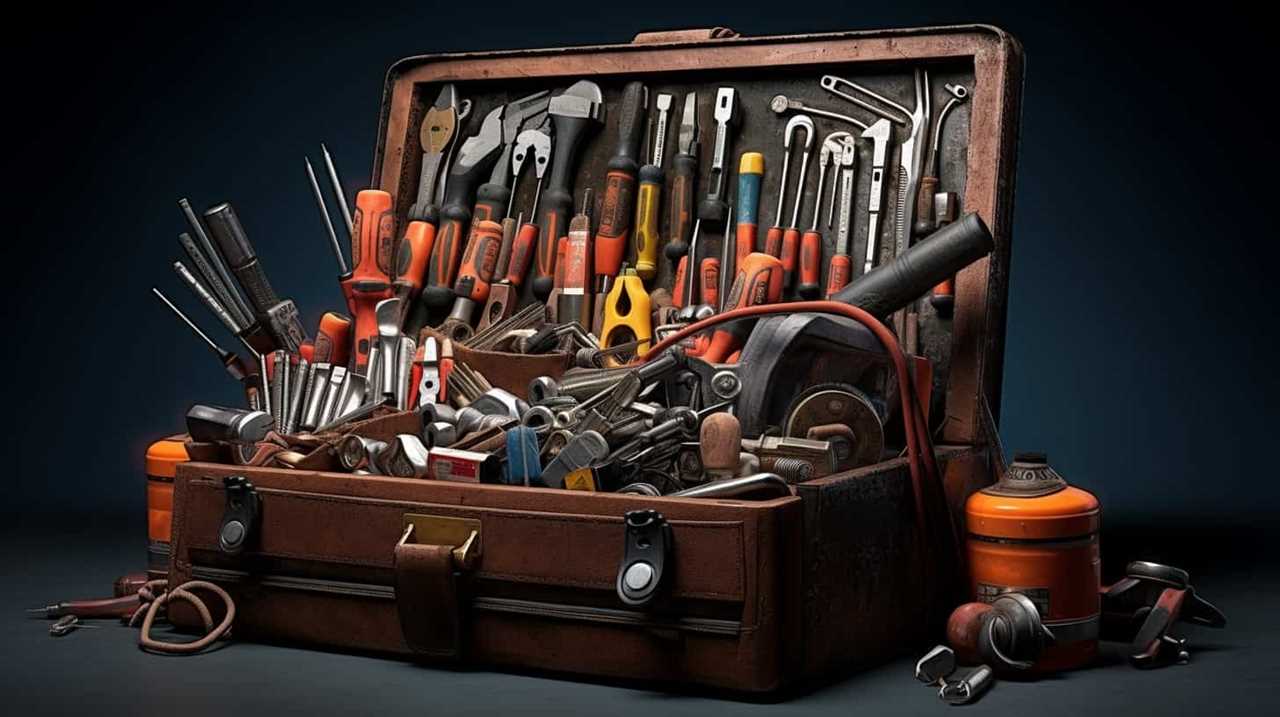
Fixing Heat Pump Not Cooling or Heating
When your heat pump isn’t cooling or heating, there are several potential causes to consider.
One common issue is insufficient refrigerant levels, which can hinder the heat transfer process.
Another possibility is faulty thermostat settings, such as incorrect temperature or mode selections.
Additionally, clogged air filters can restrict airflow and impede the heat pump’s ability to cool or heat your space effectively.
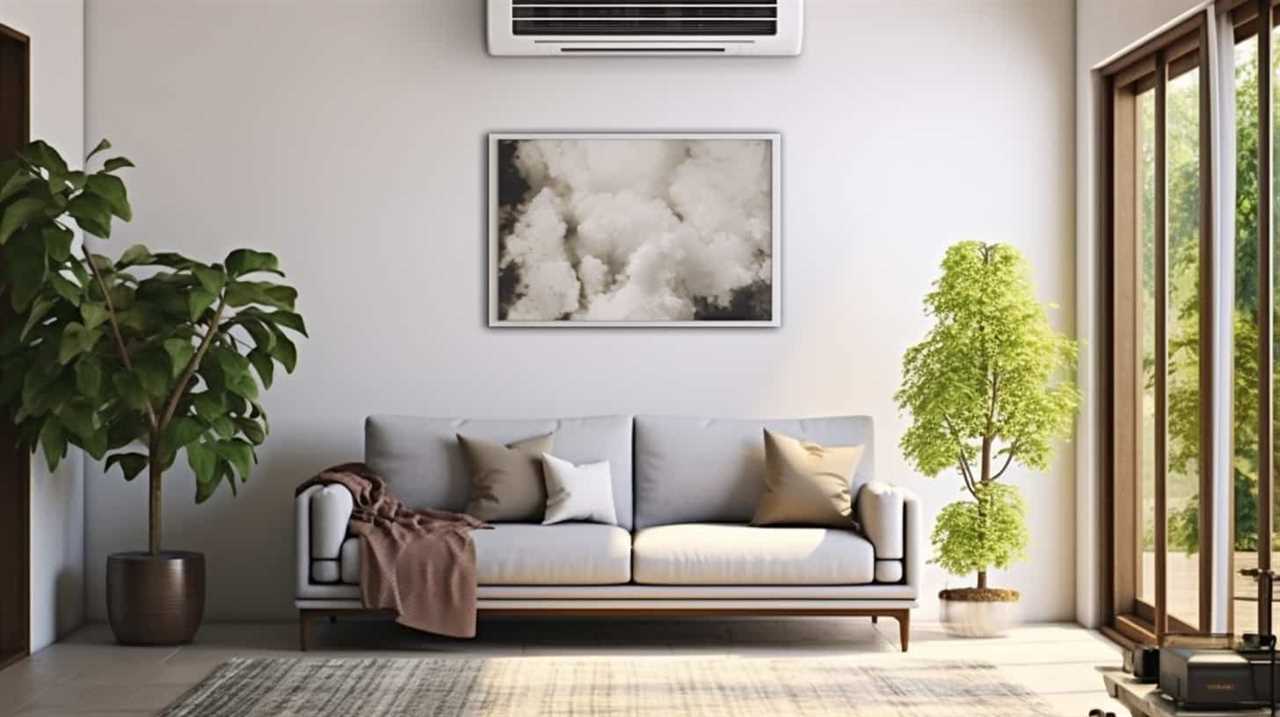
Insufficient Refrigerant Levels
We may experience insufficient refrigerant levels, causing the heat pump to not cool or heat properly. When dealing with this issue, it’s important to first check for leaks in the system.
Leaks can occur in various parts of the heat pump, such as the coils, valves, or fittings. To locate leaks, a technician can use specialized tools like a refrigerant leak detector or soap bubbles.
Once the leaks are identified and fixed, the next step is to recharge the refrigerant. This involves adding the appropriate amount of refrigerant to the heat pump system to ensure it operates at optimal levels.
It’s crucial to follow manufacturer guidelines and use the correct type and amount of refrigerant. Recharging refrigerant should be done by a certified HVAC technician to ensure safety and proper functioning of the heat pump.

Faulty Thermostat Settings
One common issue that can cause a heat pump to not cool or heat properly is incorrect thermostat settings. The thermostat plays a crucial role in controlling the temperature and ensuring that the heat pump operates efficiently. Two common problems related to thermostat settings are thermostat calibration and thermostat wiring.
Thermostat calibration refers to the accuracy of the temperature reading and control. If the thermostat is not calibrated correctly, it may not accurately sense the temperature in the room, leading to improper cooling or heating. Calibration can be done by a professional technician using specialized tools.
Another issue could be faulty thermostat wiring. Incorrect wiring can result in the heat pump not receiving the correct signals, causing it to malfunction. It is important to ensure that the wiring connections are secure and properly configured according to the manufacturer’s instructions.
To summarize, it is essential to check the thermostat settings, including calibration and wiring, when troubleshooting a heat pump that is not cooling or heating properly. By addressing these issues, you can ensure that your heat pump operates efficiently and maintains a comfortable indoor temperature.
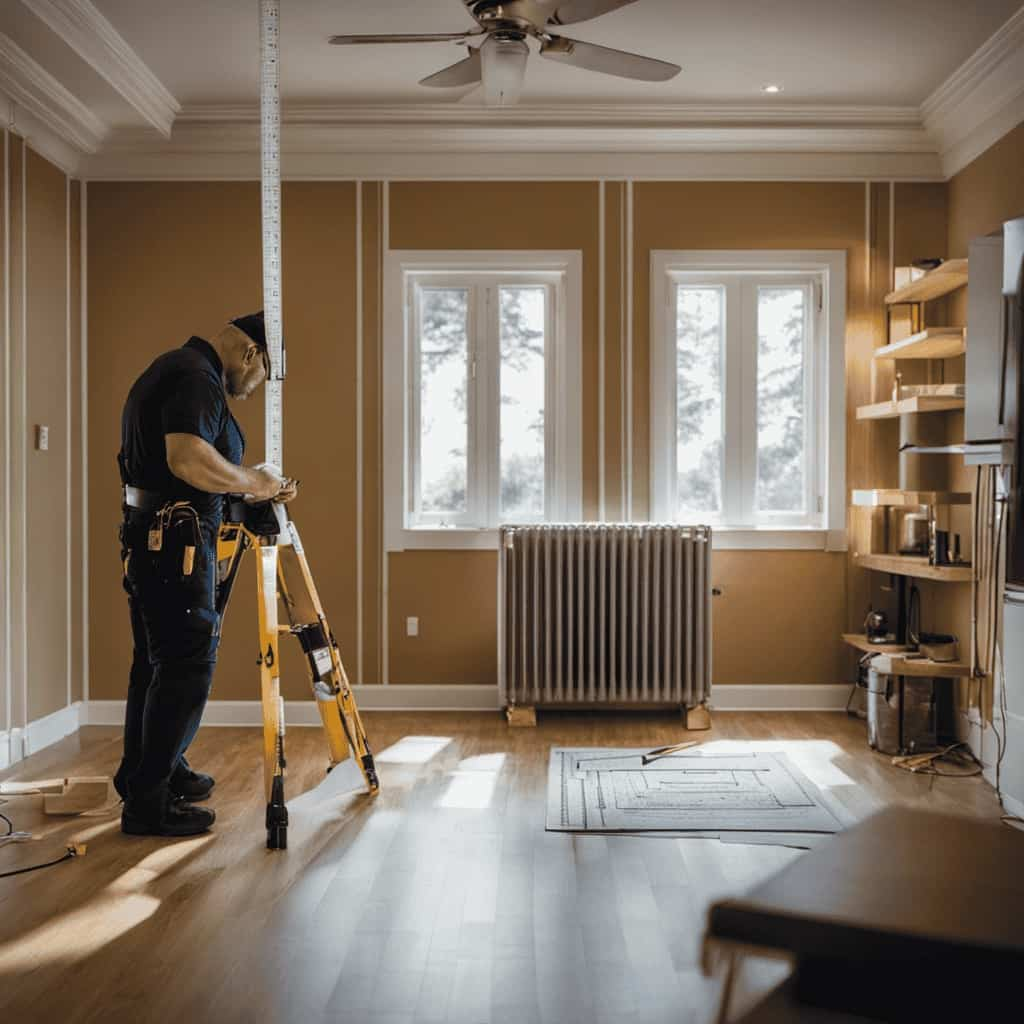
| Issue | Causes |
|---|---|
| Thermostat Calibration | Inaccurate temperature sensing |
| Thermostat Wiring | Incorrect connections or configuration |
Clogged Air Filters
Our first step in troubleshooting a heat pump that isn’t cooling or heating properly is to check for clogged air filters. Dirty air filters can significantly impact the performance of your heat pump by restricting the system airflow.
When the air filters are clogged, it becomes difficult for air to pass through, resulting in reduced airflow to the coils. This reduced airflow can cause the coils to become dirty and covered in debris, further hindering the heat transfer process.
As a result, the heat pump may struggle to cool or heat your space effectively. To fix this issue, it’s important to regularly clean or replace the air filters. This simple maintenance task can greatly improve the performance and efficiency of your heat pump.
Addressing Heat Pump Freezing Up
When it comes to heat pump freezing up, there are a few common causes that we need to address.

One of the main reasons for freezing is a lack of airflow, which can be caused by dirty air filters or blocked vents.
Another common cause is low refrigerant levels, which can be due to leaks in the system.
To prevent heat pump freezing, it’s important to regularly clean or replace air filters, ensure proper airflow around the unit, and have any refrigerant leaks repaired promptly.
Common Causes of Freezing
Sometimes heat pumps freeze up due to various common causes.
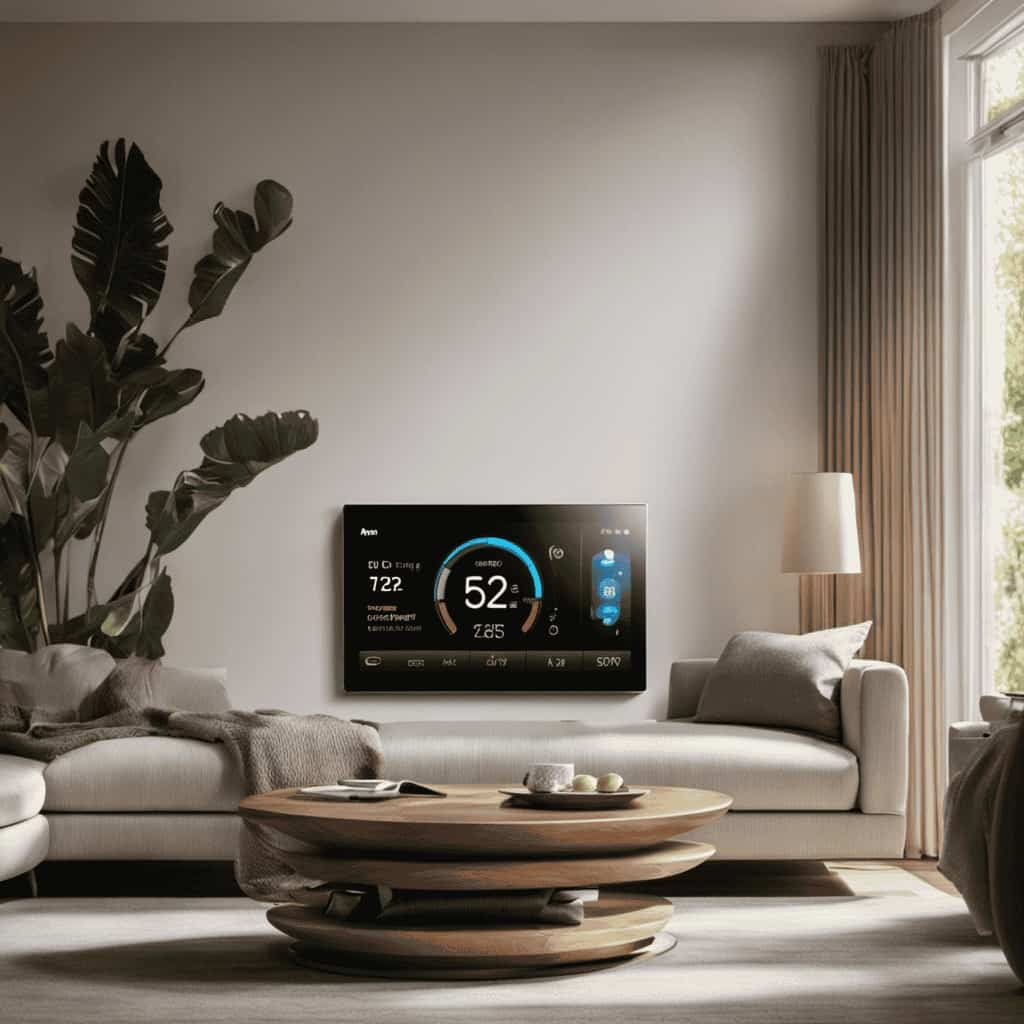
One of the main causes is inadequate airflow, which can be caused by a dirty air filter or blocked vents. When airflow is restricted, the heat pump can’t effectively transfer heat, leading to ice formation. To prevent ice formation, it’s important to regularly clean or replace the air filter and ensure that all vents are clear and unobstructed.
Another common cause of freezing is a malfunctioning defrost system. The defrost system is responsible for melting any ice that forms on the heat pump, allowing it to operate efficiently. Identifying defrost issues can be done by checking for irregular or insufficient defrost cycles.
If the heat pump is constantly freezing up, it’s recommended to contact a professional technician to diagnose and repair any underlying issues.
Preventing Heat Pump Freezing
To prevent heat pump freezing and address any issues that may cause freezing up, regularly maintaining and inspecting the heat pump is essential. One of the main causes of heat pump freezing is the buildup of ice on the outdoor unit. This can restrict airflow and lead to a decrease in performance. To prevent heat pump icing, it’s important to ensure proper airflow and keep the outdoor unit clean. Additionally, regularly checking and replacing the air filters can help prevent freezing. Thawing a frozen heat pump can be done by turning off the unit and allowing the ice to melt naturally. However, it’s crucial to address the underlying cause of freezing to prevent future occurrences. Proper insulation, adequate refrigerant levels, and regular professional maintenance can all contribute to preventing heat pump freezing.
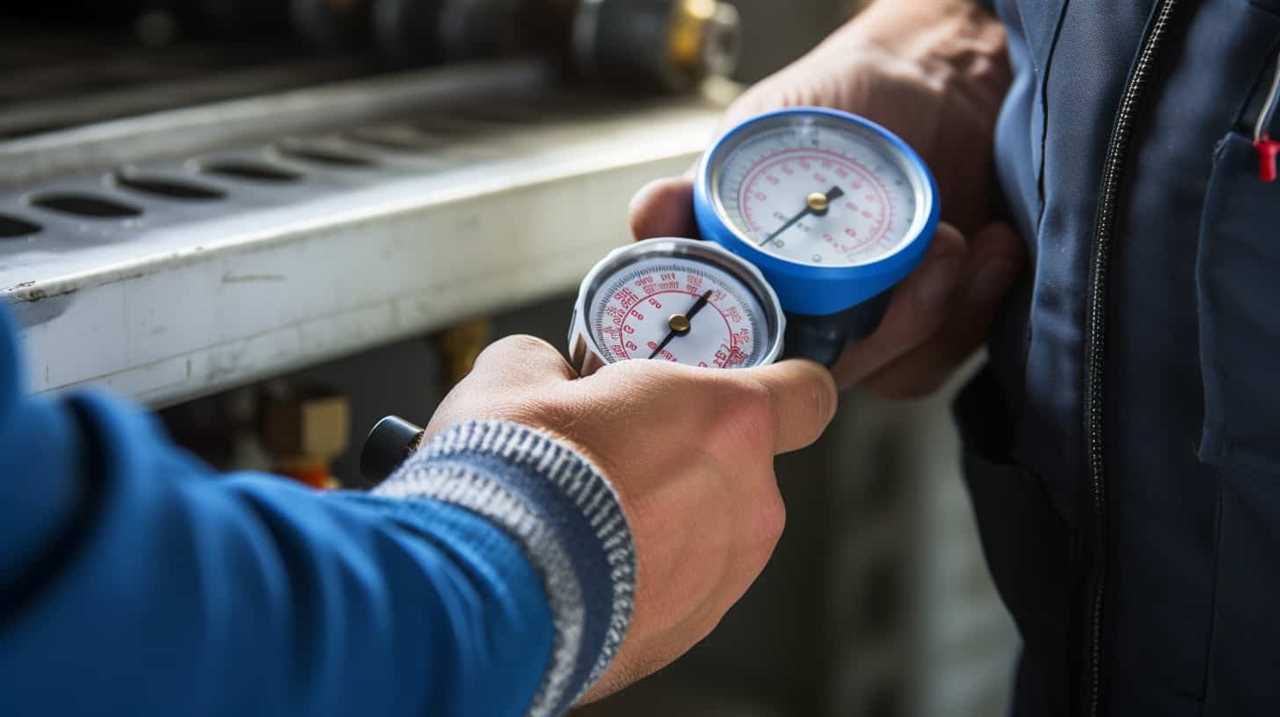
Next, we’ll discuss how to resolve heat pump noisy operation.
Resolving Heat Pump Noisy Operation
Our team’s first step in resolving noisy operation of a heat pump is to identify the source of the noise.
One common cause of noise is a malfunctioning fan. To resolve heat pump fan issues, we recommend checking the fan blades for any debris or damage. Clean or replace the blades as necessary.
Another potential source of noise is a leaking heat pump. This can occur when the defrost drain line is clogged or damaged. To troubleshoot heat pump leaking water, we suggest inspecting the drain line for any blockages and clearing them if necessary. Additionally, check the condensate pan for any cracks or leaks and replace if needed.
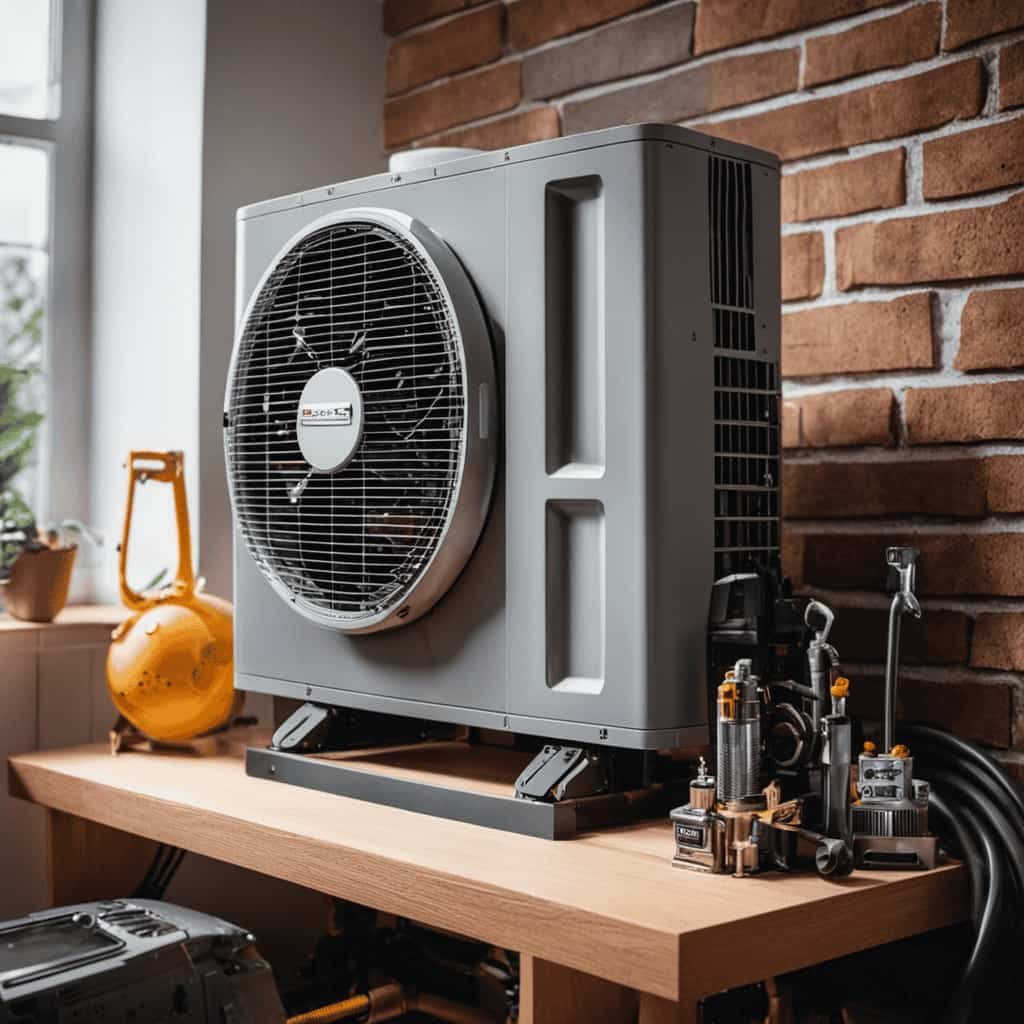
Dealing With Heat Pump Short Cycling
We can address heat pump short cycling by inspecting the thermostat settings and ensuring they’re properly configured. Heat pump short cycling refers to the frequent on and off cycling of the heat pump, which can lead to inefficient operation and increased wear and tear on the system.
There are several causes for heat pump short cycling, including:
Incorrect thermostat settings: Make sure the thermostat is set to the correct temperature and mode. Improper settings can cause the heat pump to turn on and off too frequently.
Dirty air filters: A clogged air filter restricts airflow, causing the heat pump to overheat and shut off. Regularly clean or replace the air filters to prevent short cycling.

Refrigerant leak: A refrigerant leak can cause the heat pump to short cycle as it struggles to maintain the desired temperature. A professional technician should be called to fix the leak and recharge the refrigerant.
Preventive Maintenance for Heat Pumps
When it comes to maintaining heat pumps, regular preventive maintenance is essential in order to prevent potential issues and ensure optimal performance. Following a heat pump maintenance schedule is crucial to keep your system running smoothly and efficiently. Regular maintenance not only helps extend the lifespan of your heat pump but also improves its energy efficiency, saving you money on utility bills. Here is a sample heat pump maintenance schedule to guide you:
| Maintenance Task | Frequency | Importance |
|---|---|---|
| Inspect and clean air filters | Every 1-3 months | Ensures proper airflow |
| Check and clean outdoor coils | Annually | Prevents dirt buildup |
| Lubricate moving parts | Annually | Reduces friction and wear |
| Test and calibrate thermostat | Annually | Maintains accurate settings |
| Check refrigerant levels | Every 2-3 years | Optimizes heat pump operation |
Regular maintenance not only prevents costly repairs but also ensures that your heat pump operates at its peak performance, providing you with reliable heating and cooling throughout the year.
Frequently Asked Questions
Why Is My Heat Pump Making a Clicking Sound When It Turns On?
When a heat pump makes a clicking sound upon turning on, it could indicate various issues. Troubleshooting heat pump noises is essential to identify common causes, such as faulty relays, loose components, or debris interfering with the fan blades.
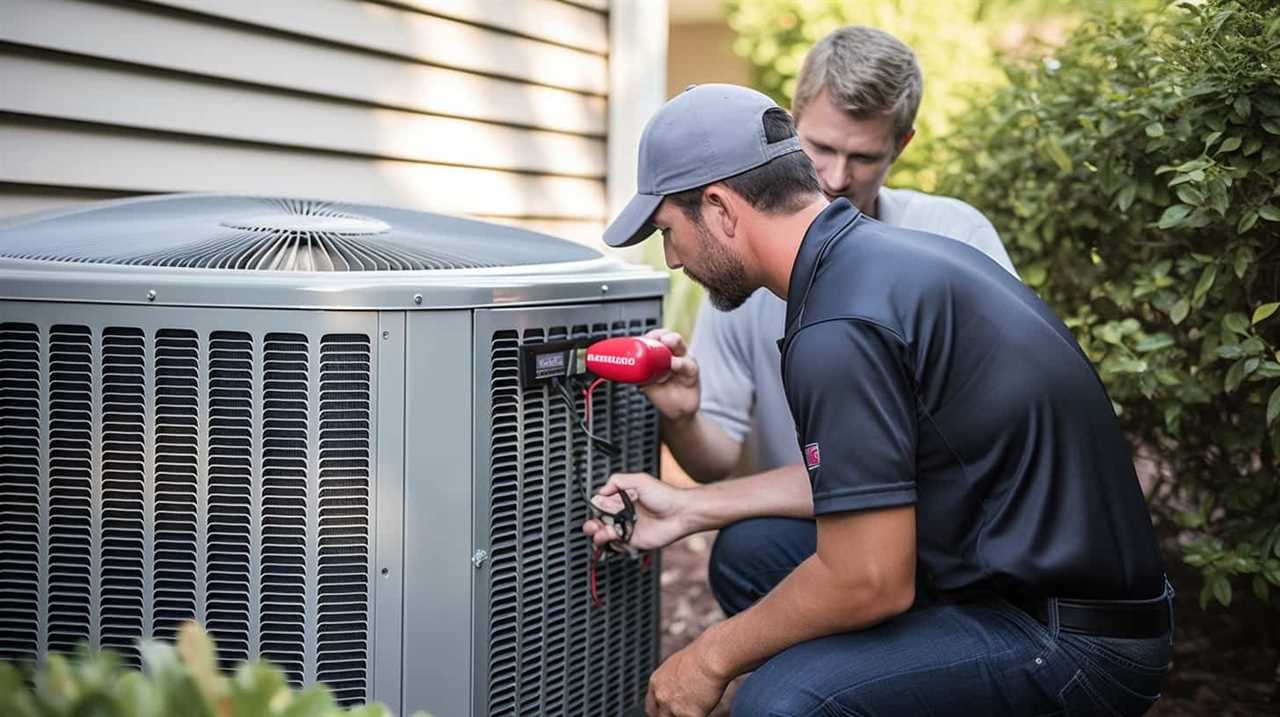
How Do I Know if My Heat Pump Is Low on Refrigerant?
If your heat pump is low on refrigerant, there are several signs to look out for: poor cooling or heating performance, ice buildup on the outdoor unit, and a hissing sound. Troubleshooting refrigerant leaks is crucial for optimal HVAC operation.
What Should I Do if My Heat Pump Is Emitting a Strange Odor?
If your heat pump is emitting a strange odor, there are a few steps we can take to address the issue. First, check for any debris or mold buildup. If that’s not the problem, it may be a faulty component that needs to be repaired or replaced. Regular heat pump maintenance can help prevent common heat pump problems like this.
Can I Use My Heat Pump During Extremely Cold Weather?
Yes, you can use your heat pump during extremely cold weather. However, it’s important to note that heat pump efficiency decreases as temperatures drop. Proper maintenance and regular checks are necessary to ensure optimal performance.
How Often Should I Clean or Replace the Air Filters in My Heat Pump?
We should clean or replace the air filters in our heat pump regularly to maintain efficient operation. The cleaning frequency and filter replacement will depend on various factors such as the usage and environmental conditions.
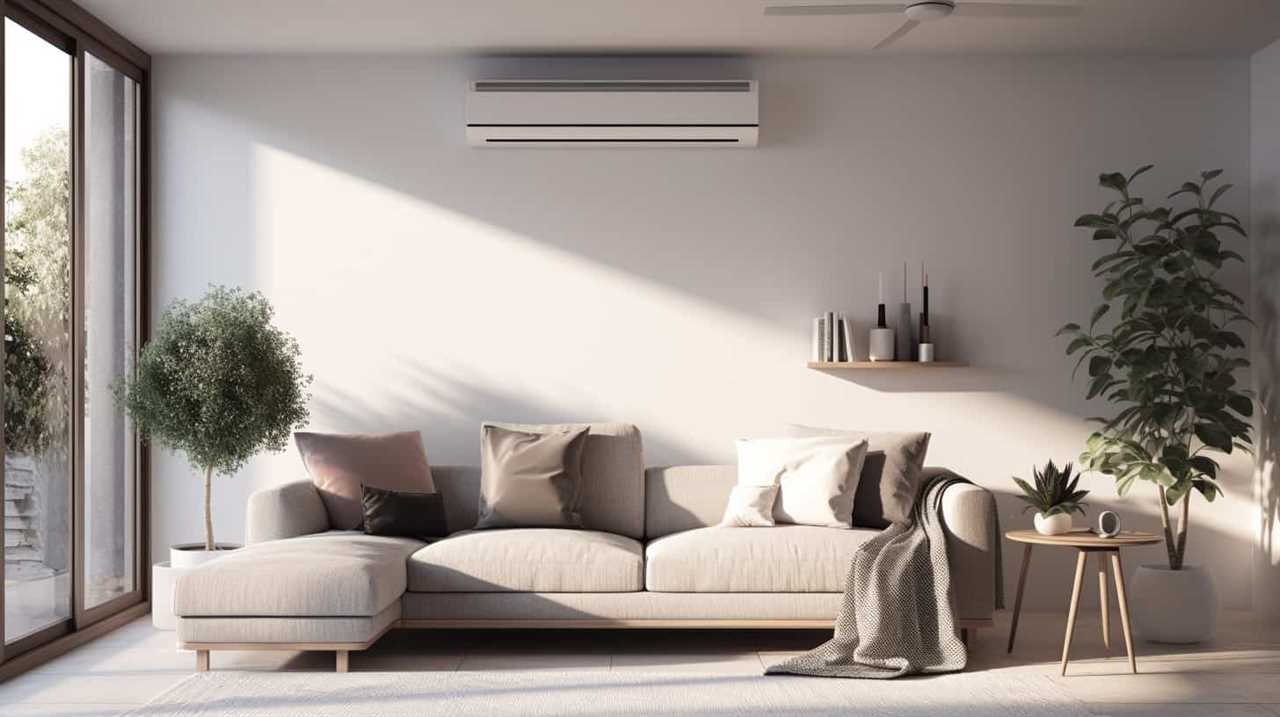
What Are the Essential Tips for Troubleshooting HVAC Heat Pump Issues?
When dealing with HVAC heat pump issues, it’s important to remember a few essential tips for heat pump troubleshooting. Check for any obstructions around the outdoor unit, ensure proper airflow by cleaning or replacing air filters regularly, inspect the thermostat settings, and make sure there is no tripped circuit breaker affecting the unit’s power supply. Additionally, keeping the coils clean and scheduling regular maintenance can also help prevent potential problems.
Conclusion
In conclusion, troubleshooting HVAC heat pump issues can be a daunting task, but with the right knowledge and preventive maintenance, you can keep your heat pump running smoothly.
By understanding the common issues, components, and steps to address specific problems like not turning on, not cooling or heating, freezing up, noisy operation, and short cycling, you can ensure optimal performance.
Remember, a stitch in time saves nine, so take care of your heat pump to avoid costly repairs down the line.

